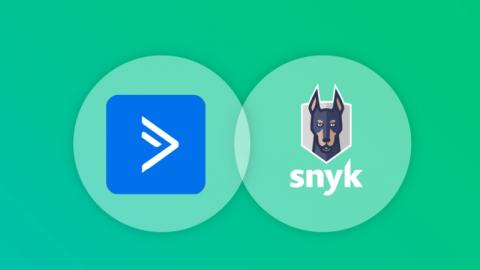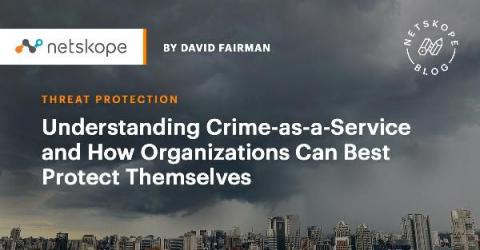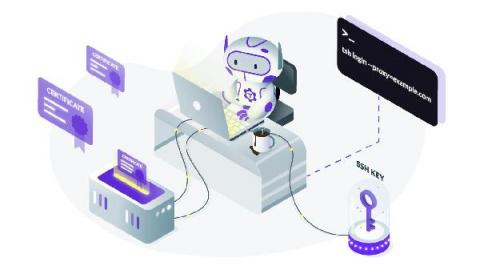Securing cloud native applications: ActiveCampaign's VP, Information Security provides perspective
Cloud native has been a growing trend as organizations shift away from on-premise infrastructure and longer software release cycles towards a more iterative development approach using cloud-based tooling and infrastructure. While cloud native applications enable rapid deployments and greater scalability, this emerging software approach also introduces security challenges.











